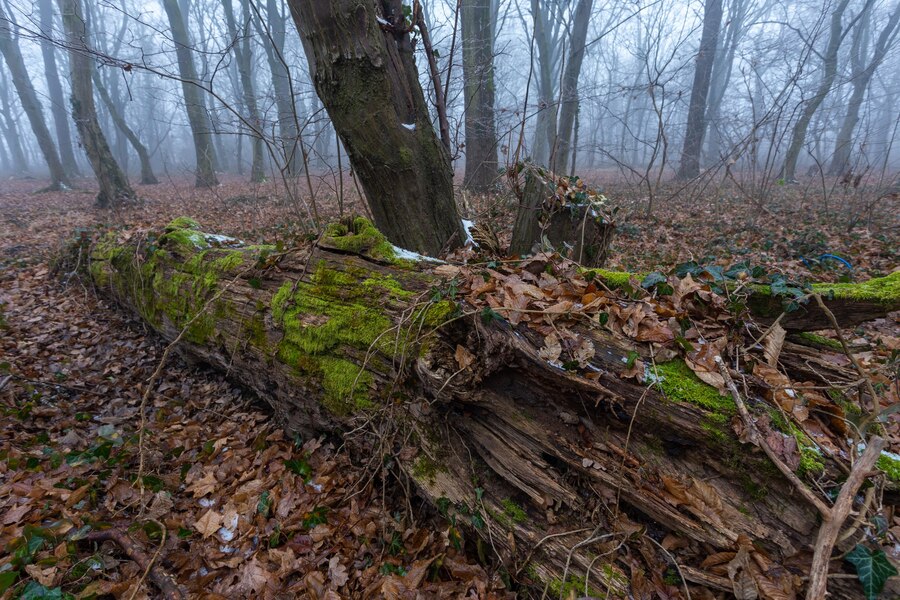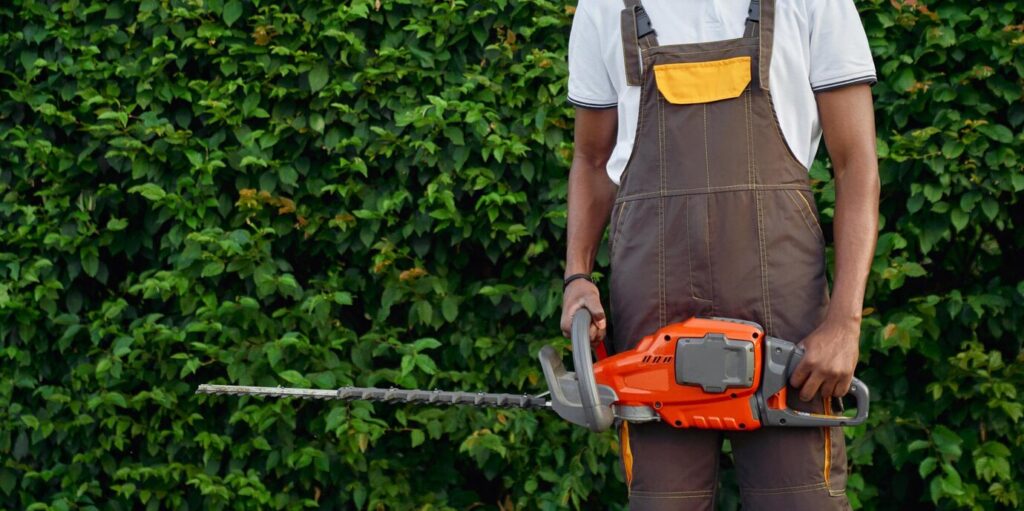
Trees are essential components of our ecological system, providing shade, beauty, and other ecosystem benefits. Trees might be specifically susceptible to storm damage from intense weather conditions, but understanding how different elements of weather affect trees is valuable to property owners and arborists doing storm damage clean up service and hauling away fallen branches. Science of Storm Damage on Trees Storm damage varies with different weather conditions and its effects on trees. Most importantly, proper care is essential for trees.

1. Impact of Weather on Trees
- Wind Wind
Wind wind is said to be a major reason behind storm damage in trees. Wind causes extreme pressure in trees and results in several types of damage:
- Uprooting: The most vulnerable species are those which have roots growing relatively close to the surface or whose root systems are already damaged. One strong gust of wind can easily uproot these trees, causing them to fall.
- Broken Branches: Similar to cutting, a strong gust can cause breaking of branches, especially if they are already weakened or dead. This is a secondary danger to human life and other structures that lie below.
- Damage to Bark: Tearing off of bark due to strong winds allows disease and insects to penetrate into the inner wood and cause decay and disease.
- Rain and Stagnant Water
Excessive rainfall weakens the trees by
End
Excess water causes the ground surrounding a tree to become saturated with water, which causes root rot and makes it challenging for roots to obtain proper support. The trees will become more vulnerable to being uprooted by windstorms.
- Weight of Water: The water that collects on leaves and branches will add some weight to the said branches causing it to bend or break. This is especially true for those having wide canopies or those with previous damage already incurred.
- Ice and Snow
Ice and snow may cause heavy damage to trees as well:
Weight of Ice and Snow: Ice can accumulate on branches, making them greatly weighted and breakable. Snow can weigh down branches heavily, especially if wet and heavy and clings to surfaces.
Ice Storms: Ice storms are a hazardous combination of high winds, which generally accompany ice storms, along with the weight of ice accumulation, which can cause a large number of trees to fall and result in power outages due to broken lines.
- Temperature Extremes
Extreme weather can further influence the health of a tree:
- Freezing Weather: A sharp drop in temperature could lead to freeze damage on recently emerging buds and leaves, thereby causing unhealthy forming inside its overall trunk and branches.
- Heat Stress: Conversely, excessive days of being exposed to higher temperatures might lead to heat stress, causing wilted and scorched leaves, and lessened health inside the tree as a whole.
2. About the Tree’s Structure and Vulnerability
For a better understanding of how a storm affects trees, it is essential to understand the structure and inherent vulnerabilities of a tree.
- Root System
Types of Roots: A tree’s root system is considered an important aspect of its stability. More stable trees have deep taproots as against shallow, spreading roots.
Composition of Soil: The type of soil in which a tree grows affects its stability. Sandy soils support less than clay soils, and strong storms can easily tear up trees rooted in sandy soils.
- The Health of the Trunk and the Branch
Cavities and Decaying Wood Cavities or decaying wood indicate that a tree might be damaged during a storm. Checking for these conditions before a harsh weather may arrive will show which trees need to be serviced or removed.
Branch Structure: Trees with poor branch structures, such as included bark or tight branch angles, are more prone to breaking. Healthy trees, overall, will have appropriate branch spacing and attachment strength.
- Species Characteristics
Tree species vary widely in their ability to tolerate storm damage:
- Softwood vs. Hardwood: Generally, hardwoods like oaks and maples are more robust than softwoods like pines during a storm. However, the case is not unique for some hardwoods that may susceptible to specific environmental conditions.
- Growth Patterns: Trees that grow faster tend to have weaker wood structures compared to slower-growing species. Consequently, these may be predisposed towards damages during the storms.
3. Importance of Storm Damage Clean-Up Services
Storm damage is critical to be tackled by cleaning it up professionally. It’s often referred to as professional storm damage clean-up services for the following reasons:
- Safety Concerns
- Potential Hazards: Felled tree branches and trees may create severe danger for human lives and pets, property, etc. Professional clean-up services make safe arrangements for the process and avoid accidents.
- Specific Expertise in Takedown: Trained arborists know how to safely inspect and take down sick trees and branches, including those precariously leaning or stuck in power lines.
- Effective Inspection
- Undisclosed Damage Detection: Arborists can detect damage otherwise not observable, such as root damage or internal rot, which may impact the long-term health of the tree.
- Healthy Tree Conservation Experts can decide if it is possible to salvage the damaged tree or remove it entirely, saving healthy trees and averting potential dangers

Protection to the Ecosystem
Protection of Pests and Disease The immediate removal of storm-damaged trees and branches prevents the probable infestation of pests and diseases in healthy trees.
Soil and Water Management: Clean-up helps to control soil stability and water movement to decrease the chances of more erosion and damage.
4. Clearing Fallen Tree Branches
When with fallen branches, clear up the fallen tree branch removal rightly is important for safety and aesthetics. Consider the following factors:
- Damage Assessment
Visual Inspection: Accompany removal by assessing how much damage has occurred. Look for power lines, other structures or trees affected by the falling branches.
Professional Help: If the branches are large or tangled in power lines, it’s always best to seek professional help in removal.
- Safe Removal Methods
Proper Equipment: Professional chainsaws and safety gear are employed to ensure safe and efficient removal of fallen branches.
Preventing Secondary Damage: Special care must be taken in order to prevent secondary damage on other nearby trees and vegetation.
- Disposal and cleaning
Chipping or Hauling Away Debris: You may choose chipping the debris on site or haul away after branches fall.
Waste recycling: Most communities today have incorporated the policy of recycling wood debris, allowing you to eliminate unwanted waste due to the environmentally-friendly options for its disposal.
Conclusion
Damage resulting from storms is quite a concern concerning the overall well-being and safety of the trees themselves but also to the surrounding environment and community. Understanding how weather conditions can impact trees is important for property owners as well as arborists.
When the storms come, storm damage clean-up services and professional fallen tree branch removal can never be stressed enough. Proper quick and effective clean-up helps protect our trees and maintains the beauty of our landscapes, which inevitably leads to a healthier ecosystem. Proper tree maintenance through assessments and preparation for severe weather will minimize storm damage and risks and allow our trees to thrive for generations to come.







